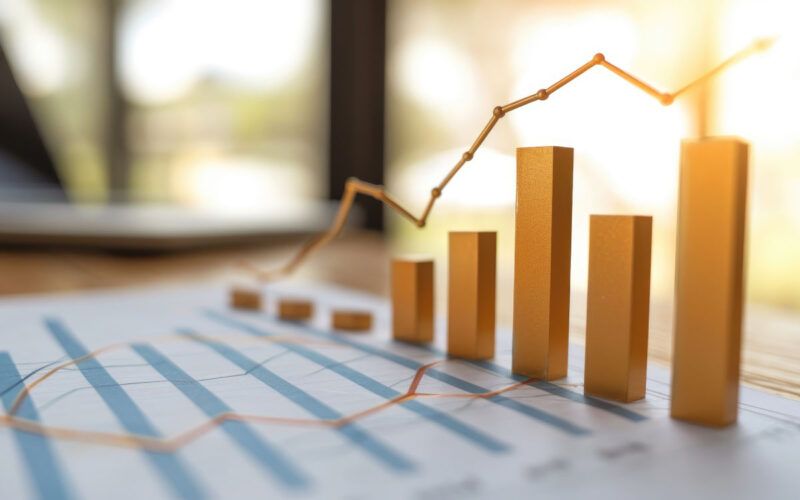This musing is an excerpt from BR Shenoy’s essay “Controlling Inflation in India” published by the Forum of Free Enterprise in their booklet titled “The Basic Truth About Inflation”. The essay focuses on the resolution of separation of official claims and market-based observations. The article emphasizes the strategies that needed to be adopted in controlling inflation through the review of how the trends started taking place.
If we may define inflation as an expansion of money which drives up commodity prices in general, inflation exists, incipient inflation apart, only when the General Prices Index rises. This index is both an indicator and measure of inflation.
The Union Ministry of Information, in an extensively broadcast pamphlet ‘India’s War Against Inflation,’ issued in January 1976, proclaimed that ‘ours is the only major country in the world’ where inflation had ‘not only been checked’ but had also ‘actually been reversed,’ i.e., we had rolled prices back, not merely restrained their further upsurge. This claim has been internationally quoted and was, reportedly, hailed and endorsed, among others, by Mr. H. J. Witteveen, the IMF Chief, and Mr. Robert S. McNamara, the World Bank President, during their visit to India last year; and, among our own business magnates, Mr. J. R. D. Tata. Though recent pronouncements on the subject by Government spokesmen have tended to be apologetic, the Congress Party’s election manifesto, issued on February 8, 1977, is emphatic that we have ‘reversed inflation,’ while a ‘large number of countries are still struggling’ with it.
While it may be quite pleasing to read this story of our global leadership in combating inflation, the price-harassed householders have often wondered why this ‘success’ has not been very much in evidence in their routine market rounds, apart from some short-lived halts or setbacks in the prices of certain consumer items.
To resolve this divergence between official claims and market observation, and also to devise ways of overcoming inflation, it may be helpful to review the origins, and the contemporary trend, of inflation in India.
To locate the origins of inflation, we may divide the economy into two parts: the government sector and the people’s sector. Everybody knows that the incomes of the people, received in rupees, are but the rupee counterparts of their outputs; and that, in the final analysis, the people cannot expend anything more than their earnings, expressed in rupees. As my output is picked up from the market by somebody else, against his rupee earnings, and, in like manner, I pick up someone else’s output, it necessarily follows that in the people’s part of the economy, aggregate expenditures will always be matched by equivalent output. Hence, inflation and price instability cannot originate in the people’s sector of the economy (though, having originated elsewhere, inflation may spread to the people’s sector).
It is different with the government sector. Since independence, as in all inflation-ridden countries, Government’s overall disbursements in India have exceeded the sum of taxes, loans, and other receipts of Government, except for 1950-51 and 1951-52, when we had nominal budget surpluses. The excess disbursements were all covered by printing money or, which is the same thing, by creating Reserve Bank credit, the only ways of financing overall budget deficits.
When, in due course, a part of the moneys created to cover budget deficits—the primary expansion of money—reaches the banks and augments their cash holdings (reserves), the banks expand their credit—i.e., loans, overdrafts, advances, and discounts—and a secondary expansion of money ensues.
As in under-developed countries generally, we have here the origins of inflation in India—budget deficits and the consequential secondary expansion of bank credit.
Primarily as a result of this double process—due allowance being made for other factors (which we need not now dwell on) affecting money supply—money supply in India multiplied 6.5 times, from Rs. 1,955 crores in 1954-55, when the current phase of inflation began, to Rs. 12,632 crores in 1975-76.
Not the whole of this colossal expansion of money (Rs. 10,727 crores) was, however, inflationary. During this period of monetary expansion, the Net National Product (NNP) more than doubled, from Rs. 10,483 crores in 1975-76 (at 1960-61 prices). This increase in NNP absorbed, roughly, a corresponding proportion of the expanding money supply. The rest of these moneys, the major part, to which no physical output corresponded, was inflationary, and drove prices up.
Read the complete essay here.

